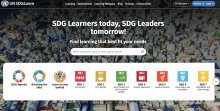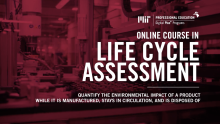Green Analytical Chemistry Short Course at PittCon
This short course is designed to provide participants with an understanding of the principles of green chemistry and their application to chemical analysis. The course will begin by discussing principles of green chemistry and engineering as a supporting pillar of sustainable development. Metrics for evaluating the “greenness” of analytical methods are presented. Solvent selection and alternative solvents are discussed. Application of green principles to chemical separations and spectroscopy are introduced. Case studies will be presented to exemplify these green chemistry applications.







